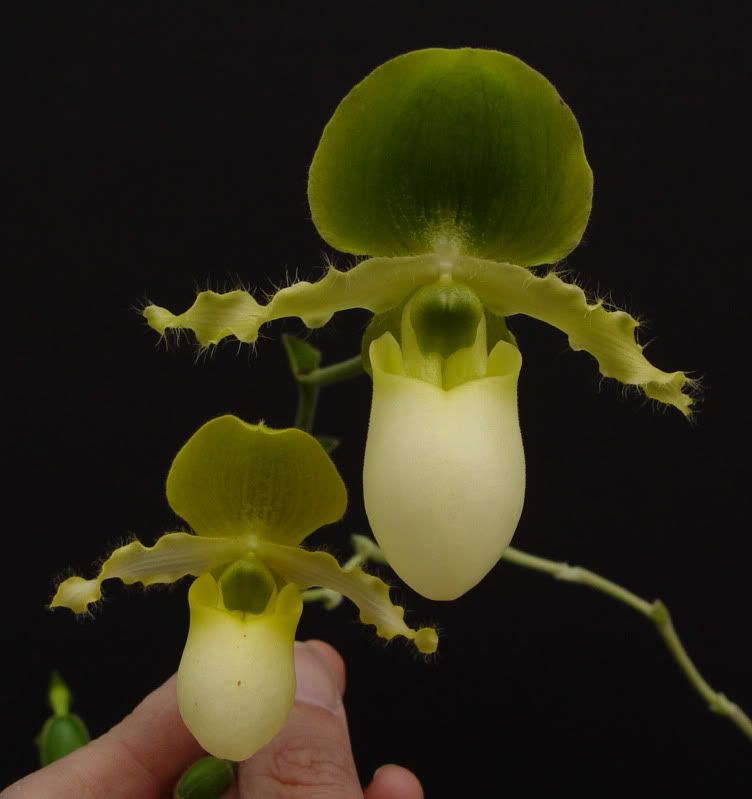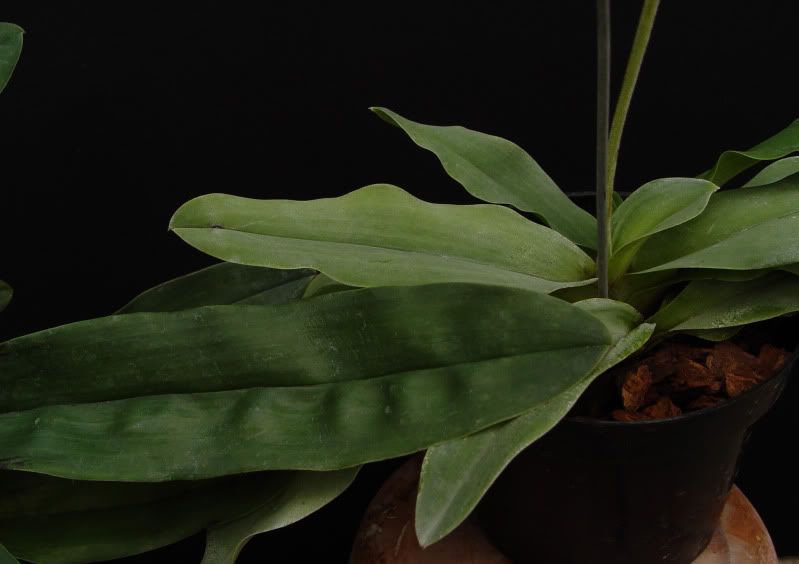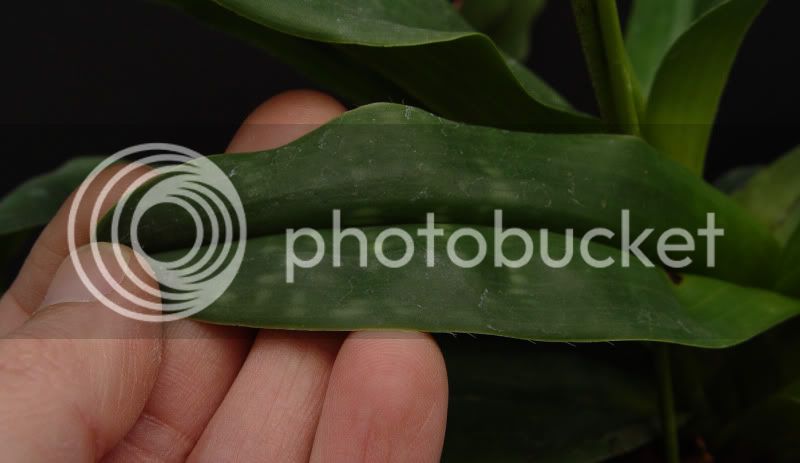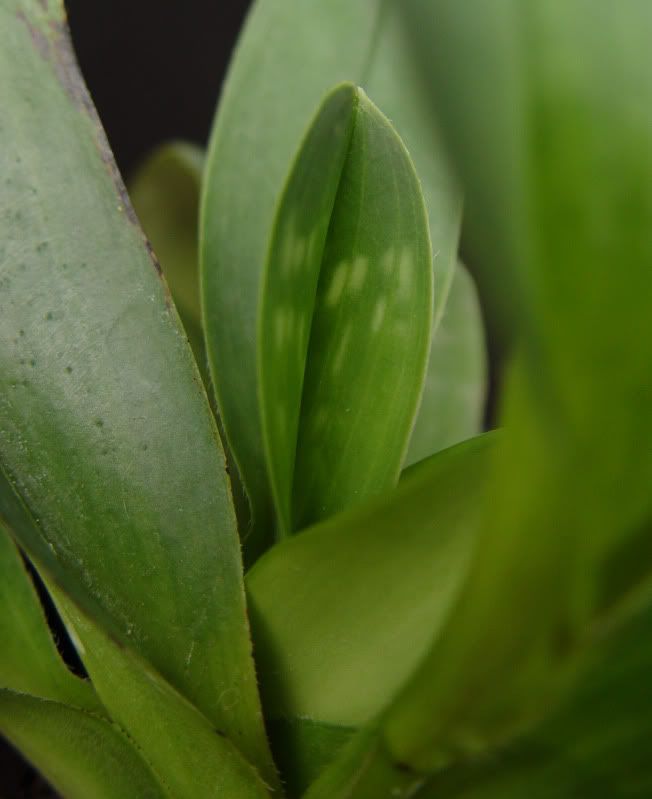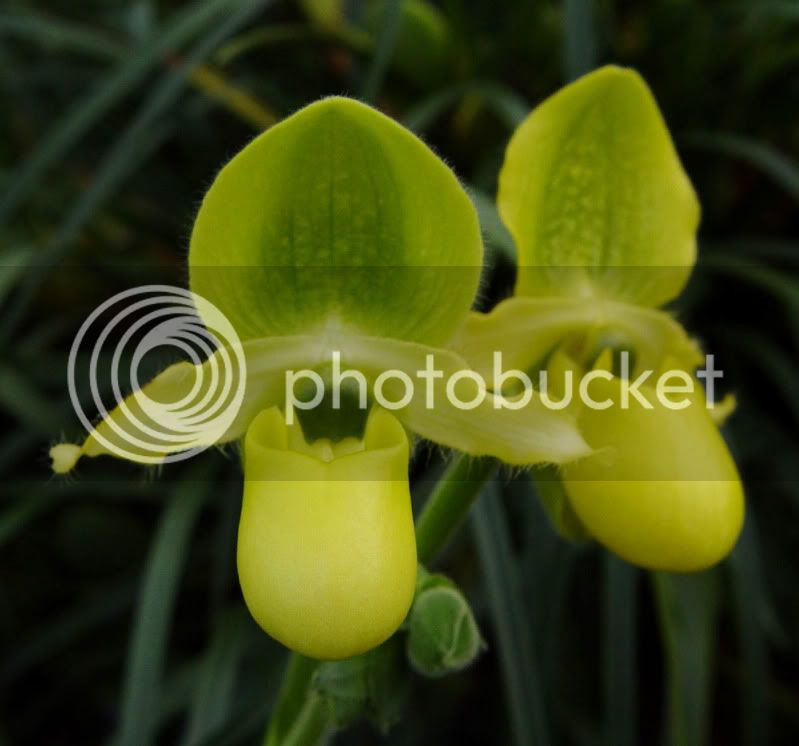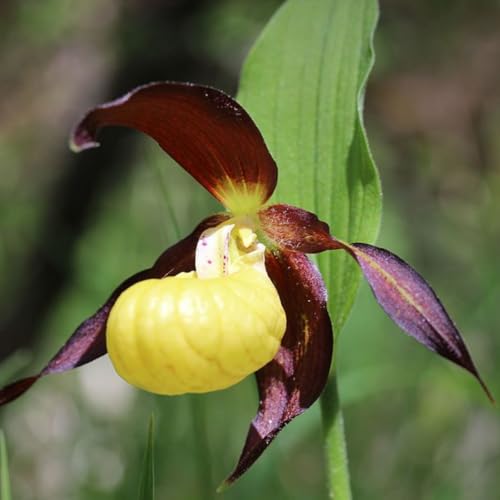D
Drorchid
Guest
In a previous thread (http://www.slippertalk.com/forum/showthread.php?t=13973) we had a discussion regarding Paph. primulinum. According to sanderianum a lot of the primulinum's on the market are not true primulinum's but at one point or other have been crossed with different species (either moquetteanum or glaucophyllum) resulting in larger more fuller flowers. Here is his last post:
I actually have to agree with sanderianum, that some of the primulinums that are for sale are probably of hybrid origin. We however do have some primulinums in our collection that we have had for about 20 to 25 years, those have been line bred for 3 to 4 generations (Thus far I know we have not mixed them with other primulinums). Following are some pictures:
The regular form (or the yellow form):
An older generation flower:
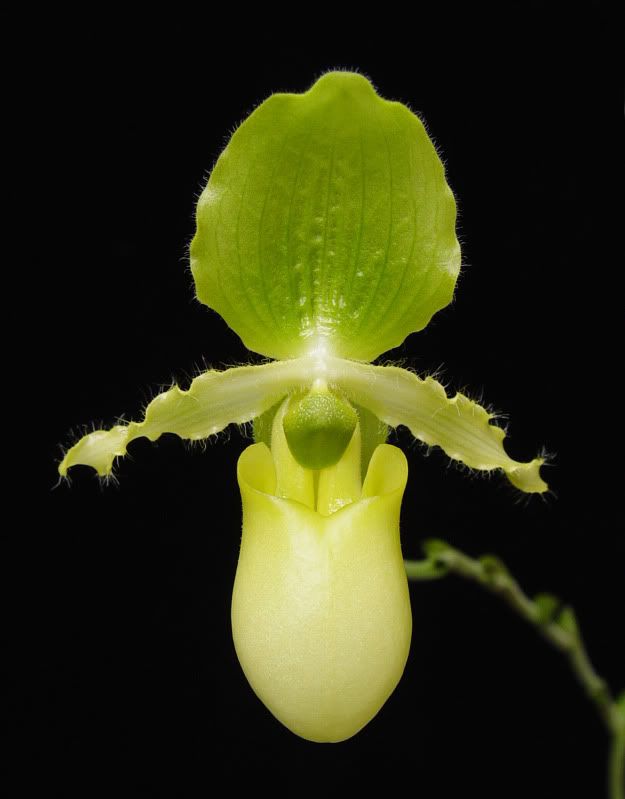
One of our newest seedlings:
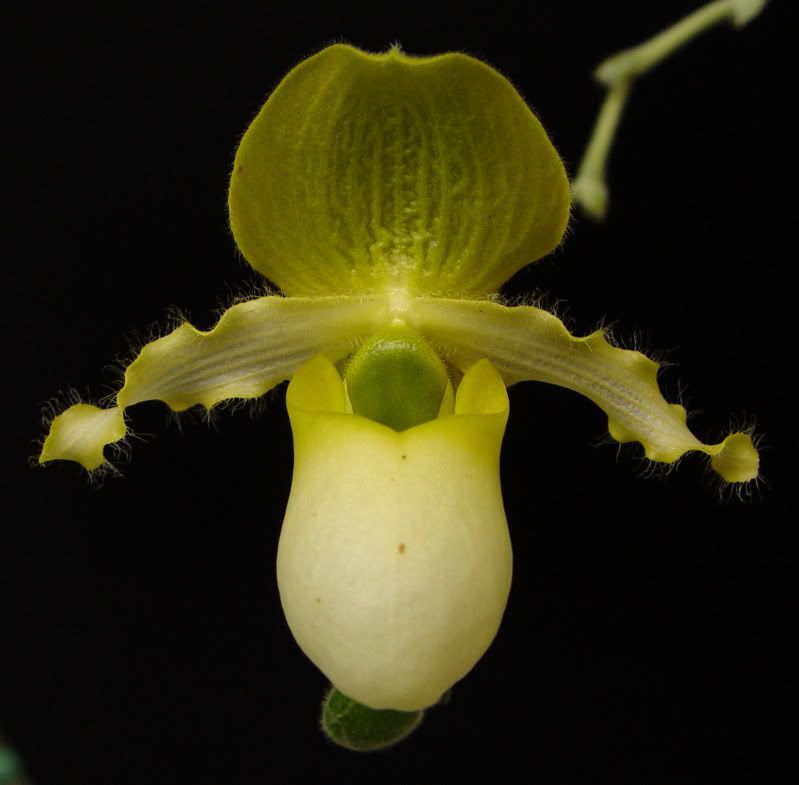
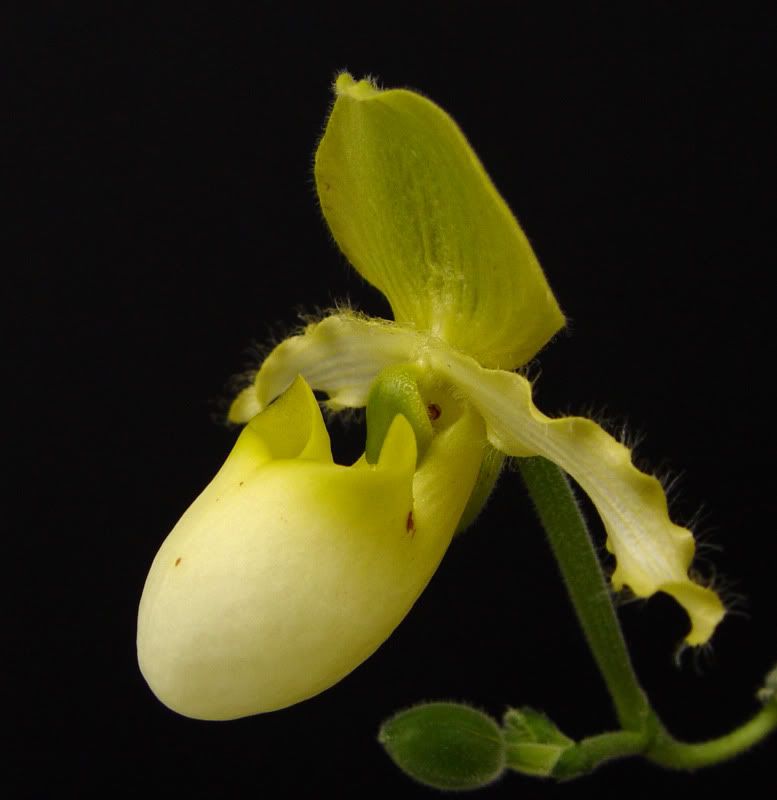
Plant:
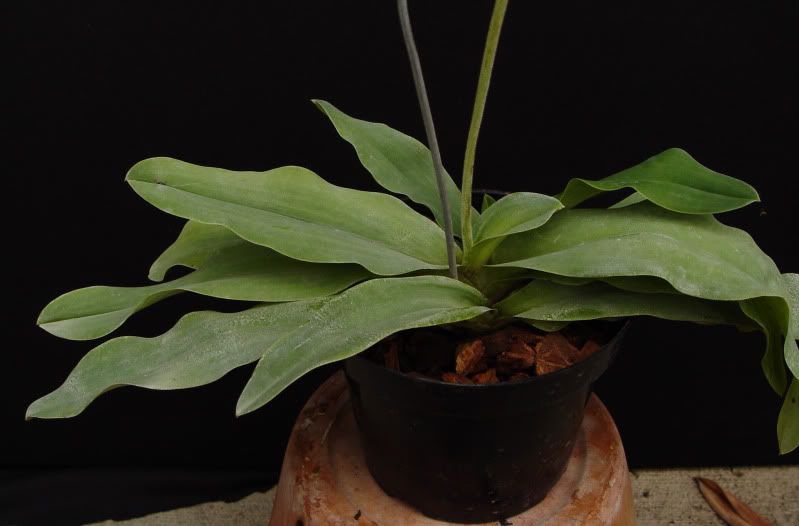
close up of leaf:
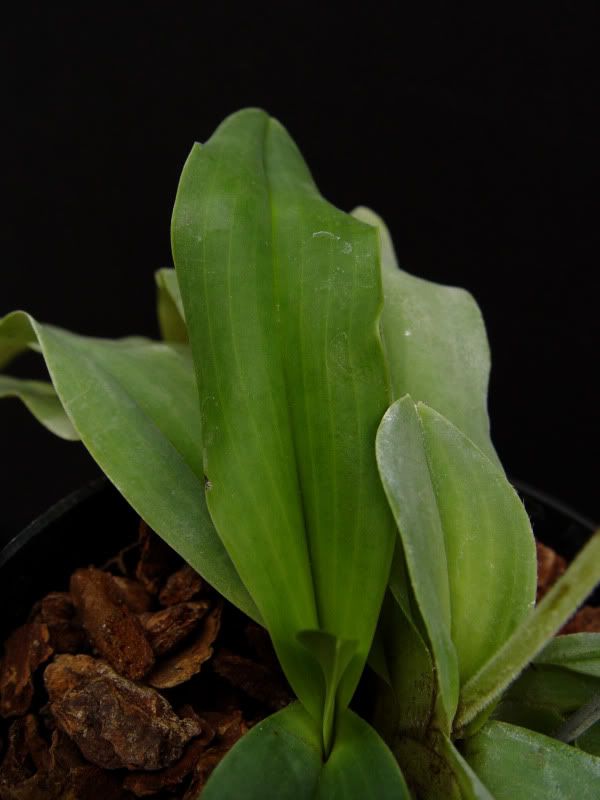
colored form (primulum var purpurescens):
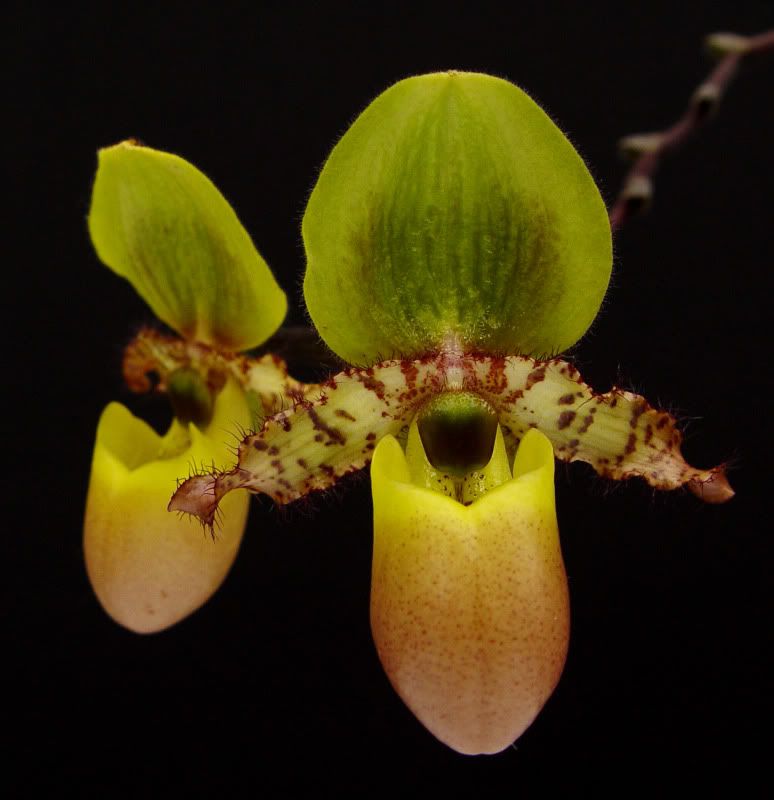
plant:
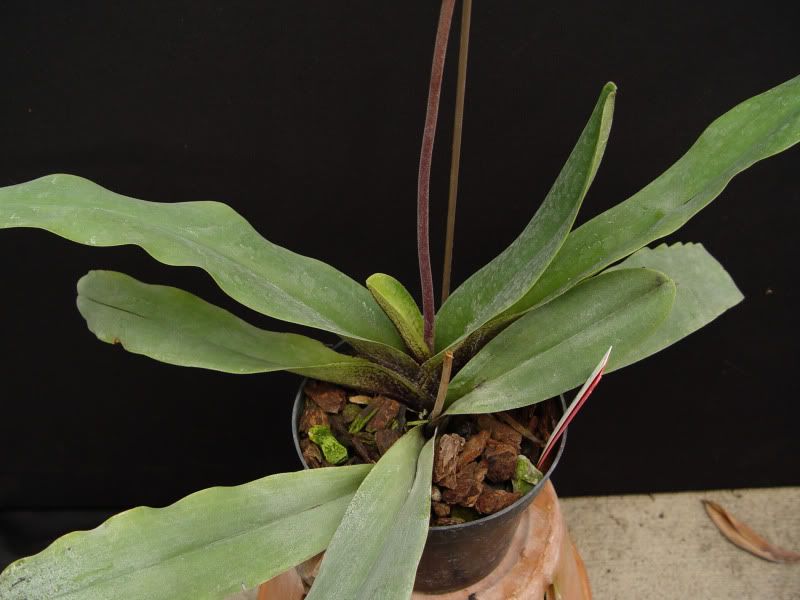
Sanderianum mentioned that the true primulinum is fragrant. I had never noticed that, so today smelled the flowers, and to my suprise the primulinum purpurescens had a faint sweet almost honey like fragrance. I could not detect a fragrance on the yellow form.
Robert
The problem with those different Pinnochio is that there are many type of crosses under that name in the pot-plant trade. By choosing the proper one, people can sell glaucophyllum album, or the rarer, more expensive moquetteanum album, or primulinum under steroids.
To sum up:
- Pinnochio F1 = primulinum x glaucophyllum or moquetteanum at that time. No use for the yellow scam, they are all colored.
- The selfings of those ones, and their selfings. Great for the primulinum 4n/selected primulinum scam.
- The 4n made by Floricultura and their selfings. Glaucophyllum album or primulinum, very very selected.
- The Pinnochio x primulinum, perfect for a part of the seedlings, primulinum that no one can compete with.
People forget that primulinum from the jungle, 20 years ago, was a quite gracile species, small flowers, fragrant, and with very, very distinctive leaves.
I try to find out a picture of a plant, the closest I can come by on the internet is that one:
http://aqorchids.com/Seedling_primulinum.jpg
It would be the maximum size of a primulinum, but it should be a bit darker green to say the least. The leaf and plant shape look more correct.
For the flower shape, it would be more like that:
http://gardenbreizh.org/modules/pix/cache/photos_160000/GBPIX_photo_165955.jpg
About 10-15 years ago, both Lecoufle and the Jardins du Luxembourg still had original plants documented back to Kolopaking in the 70's. There were maybe 20-30 different ones, leaves ranging from 15x1cm up to maximum 18-20 x 2 cm for one specific plant. But most had very smallish leaves, and this flower shape, just to give an idea.
I think that they have been too contaminated by the Pinnochio, so only a few people remember how a primulinum should look like. Furthermore, when the Indos were out of stock, they traded paphs with Europe against pinnochio album, first as pot-plant, then to sell those ones to their Taiwanese, US and Japanese market - and sometimes back to Europe.
Now it is nearly gone, but before, there were a lot of nurseries in Indonesia dealing in pot-plant.... One even had some thousands praestans/gardineri etc... clumps for the Japanese pot-plant market. There are still couple hundreds there in that nursery - that's them who had the first praestans album ever found...
I actually have to agree with sanderianum, that some of the primulinums that are for sale are probably of hybrid origin. We however do have some primulinums in our collection that we have had for about 20 to 25 years, those have been line bred for 3 to 4 generations (Thus far I know we have not mixed them with other primulinums). Following are some pictures:
The regular form (or the yellow form):
An older generation flower:

One of our newest seedlings:


Plant:

close up of leaf:

colored form (primulum var purpurescens):

plant:

Sanderianum mentioned that the true primulinum is fragrant. I had never noticed that, so today smelled the flowers, and to my suprise the primulinum purpurescens had a faint sweet almost honey like fragrance. I could not detect a fragrance on the yellow form.
Robert





